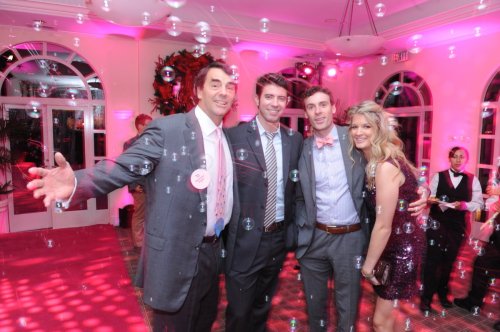Stuff You Can’t Say in Silicon Valley

Tim Ferriss recently left Silicon Valley, citing liberal McCarthyism as one of the catalysts for his departure.
Seen this quote surface a bunch in the last 24hrs in similar befuddlement.
Reminded me of this post by @jesslivingston from nearly a year ago with a similar theme https://t.co/3MIVjMopfW https://t.co/15vofrD88A
— Bryce Roberts (@bryce) November 24, 2017
People seem awfully puzzled that there are things you can’t say in Silicon Valley. I can’t tell if these people are willfully ignorant, or if their heads are jammed so far up their asses that they can’t conjure a single controversial idea.
Here, I’ll help you guys out.
Stuff You Can’t Say
- It’s okay to support Trump.
We agree that people shouldn’t be fired for their political views, but this isn’t a disagreement on tax policy, this is advocating hatred and violence. —Ellen Pao, after her company severed ties with Y Combinator for refusing to fire Peter Thiel - Diversity of thought is more important than diversity of skin color.
Apple diversity head Denise Young Smith apologizes for controversial choice of words —Techcrunch, Oct 13 2017 - Silicon Valley uses H-1B visas to lower wages and crowd out American minorities.
- If San Francisco residents really believed that sea levels were rising, they’d have all sold their homes by now.
- “The distribution of preferences and abilities of men and women differ in part due to biological causes and these differences may explain why we don’t see equal representation of women in tech…”
Google Fires Author of Divisive Memo on Gender Differences —Bloomberg, Aug 7 2017 - The only way to achieve equality is by hatchet, axe, and saw…
^ I am confused that an independently wealthy man, who doesn’t live in SV, posting on a global website to a global audience can’t share his true feelings because SIlicon Valley is a singularly intolerant culture.
Go for it. We’re not going to Putin you, man!
— Parker Thompson (@pt) November 24, 2017
Parker Thompson raises a valid point: Why is it so hard for Tim Ferriss to speak his mind? After all, I just spouted a bunch of crimethink, and I’m but a lowly peon. Tim is independently wealthy; the worst that could happen to him is he loses some Twitter followers, or maybe Silicon Valley’s squawking heads call on tech leaders to cut ties with him.
We tend to toss these threats around lightly, but remember — rich investors have really fragile egos. Their world revolves around thinking about what the world thinks of them. Self-absorption is one of the key factors to success around here. Why do you think tech leaders spend so much time on Twitter? Heck, why do you think Parker Thompson is virtue-signaling so hard right now? These guys aren’t worried about being persecuted; they’re worried about being ignored. Just like Bill Gross, these people are empty narcissists on a neurotic quest for love. That’s another thing you can’t say in Silicon Valley.
See Also:
What You Can’t Say –Paul Graham



